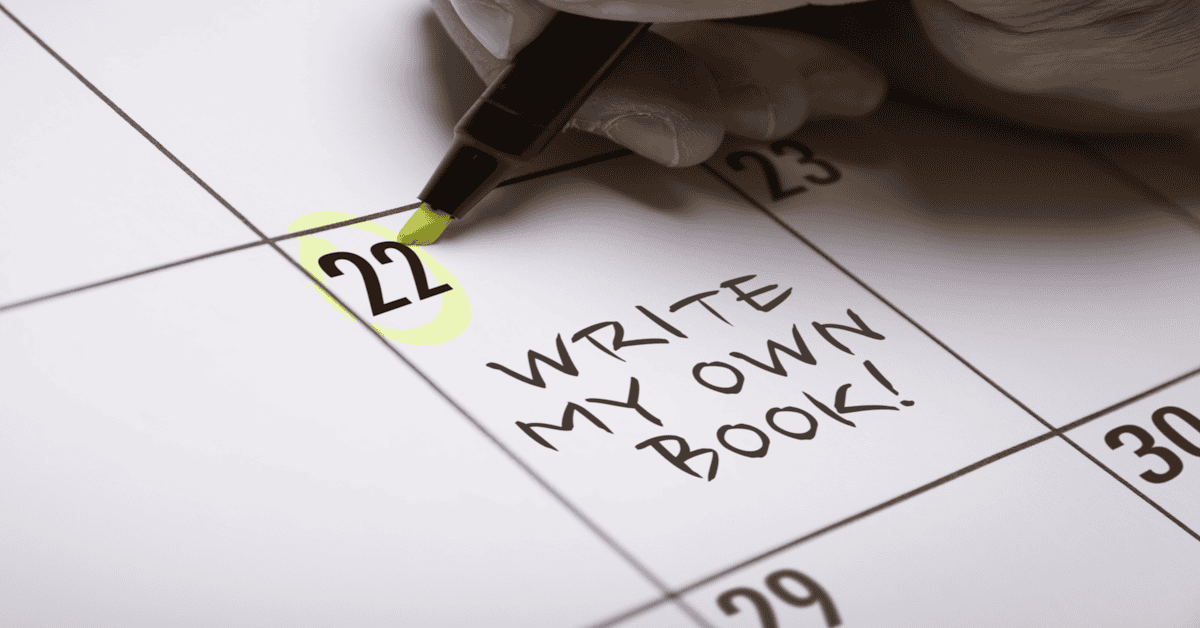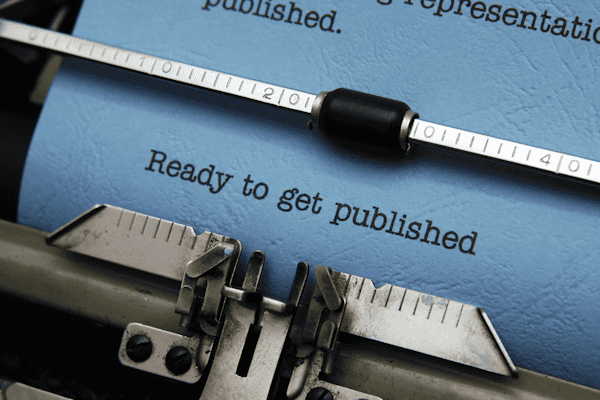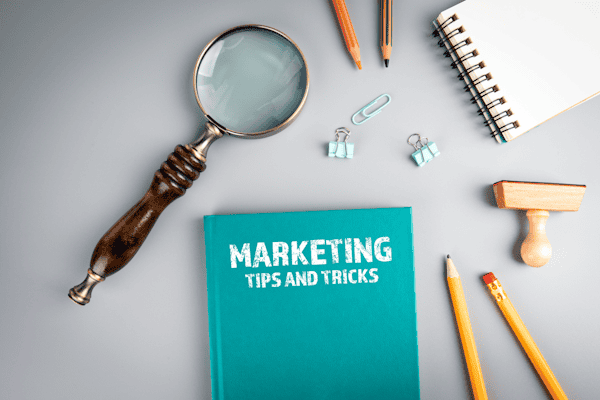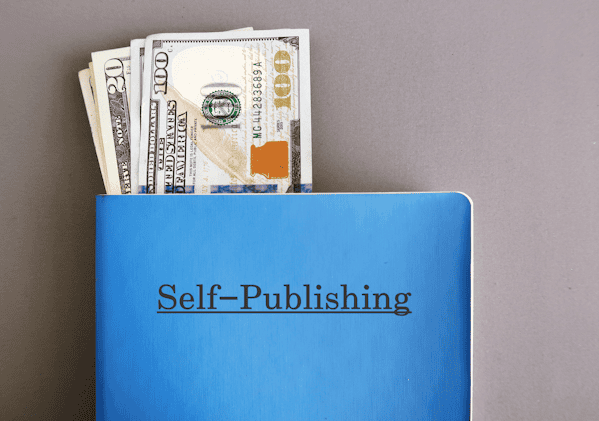The Ultimate Guide to Self-Publishing for Retirees: Write, Publish & Profit

Introduction
Did you know that over 60% of books sold on Amazon are self-published? That means independent authors—just like you—are making a living (or at least some nice extra income) from writing books. This is especially relevant for those interested in self-publishing for retirees.
Self-publishing is a fantastic side hustle for retirees. Whether you have a lifetime of wisdom to share, a love for storytelling, or simply want to cross “write a book” off your bucket list, self-publishing lets you do it on your own terms—without a publishing house calling the shots. Many retirees reflect on their personal journeys towards self-publishing their first book, sharing inspirational stories of the challenges and triumphs they experienced along the way.
In this guide, I’ll walk you through everything you need to know, from choosing what kind of book to write to getting it published and making money from it. Let’s dive in!
Why Self-Publishing is Perfect for Retirees
No Age Restrictions—Your Experience is an Asset
One of the best things about writing is that age doesn’t matter. In fact, older authors often bring a wealth of experience that makes their writing more insightful and engaging. Some of the most successful authors—like Frank McCourt, who wrote Angela’s Ashes at age 66—published later in life.
Work at Your Own Pace
Unlike traditional publishing jobs jobs, self-publishing allows total flexibility. You can write a little each day, take breaks, and publish when you’re ready. There’s no pressure to churn out a book by a deadline—unless you set one for yourself!
Passive Income from Book Royalties
Imagine waking up in the morning and checking your Amazon KDP dashboard to see new book sales overnight. Royalties can be a steady passive income stream—especially if you publish multiple books over time. Production costs can influence an author’s pricing strategy and potential royalties, as these costs vary based on the book’s size and type, affecting earnings after covering these expenses.
Creative & Fulfilling
Writing can be a creative outlet that keeps your mind sharp. Whether you’re crafting stories, sharing personal experiences, or teaching others, self-publishing is a meaningful and rewarding endeavor.
Choosing the Right First Book to Write
If you’re not sure what type of first book to write, here are a few ideas:
Before submitting your book manuscript to traditional publishers, it’s crucial to thoroughly edit it and seek feedback from peers and professionals to enhance its quality.
Non-Fiction or Fiction?
Non-fiction: Best for sharing knowledge, teaching, or writing about real-life experiences. Great for memoirs, how-to guides, and personal development books.
Fiction: If you love storytelling, this is your chance to bring characters to life. Mystery, romance, historical fiction, and sci-fi tend to do well.
Memoirs & Life Stories
Ever thought about writing your life story? Memoirs are one of the most popular genres for retirees. You don’t have to be famous—people love real, honest stories. Share your personal experiences and unique perspective and you’ll resonate with readers, give them insights and inspiration. By weaving your life lessons into a story you can connect with others on a deep level, make your story relatable and impactful. And writing your memoir allows you to reflect on your journey, celebrate your achievements and leave a legacy for future generations.
Educational & How-To Books
Got a long career under your belt? Why not teach others what you know? Topics like personal finance, gardening, DIY and career advice are always in demand. These topics cater to a huge audience and allow retirees to share their accumulated knowledge and practical skills with readers who want to learn. By tapping into these popular niches you can create self-published books that educate and inspire others to take action in their own lives. And these topics can be easily updated with new trends and tips so your book will stay relevant and valuable over time.
Fiction Writing for Fun & Profit
Love making up stories? Writing fiction can be fun and profitable—especially if you write in popular genres like mystery, thriller or romance. These genres have a dedicated readership that’s waiting for new releases, so self-published authors can get traction more easily. And by using platforms like Amazon Kindle Direct Publishing you can reach a global audience so your imaginative tales can capture readers worldwide. With the right marketing and great storytelling your fiction book
The Writing Process for Retirees
Overcoming Writer’s Block
The vast majority of writers struggle with writer’s block at some point. Some tricks to get unstuck:
Set a daily writing goal (even just 300 words helps).
Use voice dictation software (great if typing feels slow).
Join an online writing group for motivation.
Additionally, reflecting on the self publishing journey of others can serve as a source of inspiration and validation for aspiring authors.
Best Tools for Seniors Retirement Book Writing
Scrivener (for organizing long books).
Google Docs (easy and free).
Grammarly (catches typos and grammar mistakes).
How to Stay Motivated & Finish Your Book
The key is consistency. Even if you write just two pages a day, you’ll have a full book in a few months!
Self-Editing vs Hiring an Editor
Self-Editing Tips
Before hiring an editor, try these self-editing techniques:
Read your book out loud (you’ll catch awkward phrasing).
Use Grammarly or ProWritingAid to check grammar.
Take a break before editing—fresh eyes catch mistakes better.
When to Hire an Editor & Where to Find One
If you want a polished, professional book, hiring an editor is worth it. Check out:
Reedsy (high-quality editors).
Fiverr (budget-friendly).
Upwork (lots of options).
Formatting & Publishing Your Book
Choosing the Right Self-Publishing Platform
The easiest way to self-publish is through Amazon Kindle Direct Publishing (KDP). Other platforms include:
Draft2Digital (wide distribution).
IngramSpark (best for print books).
How to Format Your Book for Kindle & Print
If you want a professional layout, try:
Kindle Create (free tool from Amazon).
Vellum (Mac only, but excellent for eBooks).
When uploading your book to Amazon KDP, ensure you complete essential tasks such as uploading the manuscript and cover for the Kindle version, and setting the pricing and royalty structure.
Creating an Eye-Catching Book Cover
Your book cover matters more than you think. A great cover increases sales!
DIY option: Use Canva (simple & free).
Hire a pro: Check Fiverr or 99designs.
Cover design is crucial in self-publishing, and authors can either manage their own cover design or hire a professional, with varying costs and tools available.
Marketing & Selling Your Book
How to Get Reviews for Your Self-Published Book
Reviews sell books, but how do you get them?
Give free advance copies to friends & family.
Join author Facebook groups and swap reviews.
Use a street team to promote your book.
Social Media & Blogging for Book Promotion
Post snippets & teasers on social media platforms like Twitter, Facebook, and LinkedIn where self published books sell.
Start a blog related to your book’s topic.
Get involved in writing communities.
Using promotion services will give an author more visibility and reach, and add value to the hybrid model.
Paid Advertising for Self-Published Authors
Want quicker sales? Try:
Amazon Ads (target readers who buy similar books).
Facebook Ads (good for niche books).
How Much Money Can Retirees Make from Self-Publishing?
Book royalties vary, but here’s a general idea:
Kindle eBooks: Earn $2–$5 per sale
Print on demand books: Earn $4–$10 per sale.
Audiobooks: Earn up to 40% royalties.
Additionally, the print on demand model has made publishing more accessible and less risky, especially for aspiring authors who may have been deterred by traditional publishing hurdles.
Pro Tip: Multiple Income Streams
Want to increase earnings? Turn your book into:
An audiobook (use ACX or Findaway Voices).
A course (use Teachable or Udemy).
A translated version (sell internationally).
Additionally, set pricing carefully on platforms like Amazon’s KDP, considering factors like minimum and maximum price limits, production costs, and royalty calculations, as these elements significantly impact an author’s potential earnings from sales.
Final Checklist to Get Started Publishing a Book in Retirement:
Choose a book topic.
Set a writing schedule.
Edit & format your manuscript.
Publish on Amazon KDP.
Promote your book!
Conclusion
Self-publishing is one of the best side hustles for retirees. You can write about your life, your expertise or even pure fiction—and turn it into passive income.
Self-publishing gives you creative fulfillment and financial potential. Whether you’re sharing life experiences, imparting expert knowledge or crafting fictional tales, self-publishing lets you bring your ideas to life and earn passive income.
With platforms like Amazon Kindle Direct Publishing, getting to a wider audience has never been easier, you can bypass the traditional publishers. Your unique voice can reach readers worldwide and make a lasting impact.
Beyond financial gain, self-publishing keeps your mind sharp and offers personal growth. It gives you a sense of accomplishment and opportunities for community with fellow authors and readers.
In the end, self-publishing is about leaving a legacy. It’s your chance to capture your voice and contribute to literature. If you’ve always wanted to see your name on a book cover, now’s the time to take the leap. Write your stories and enjoy the benefits of being a self-published author. Your journey awaits!
Disclosure: Some of the links in this article may be affiliate links, which can provide compensation to us at no cost to you if you decide to purchase. This site is not intended to provide financial advice. You can read our affiliate disclosure in our privacy policy.







